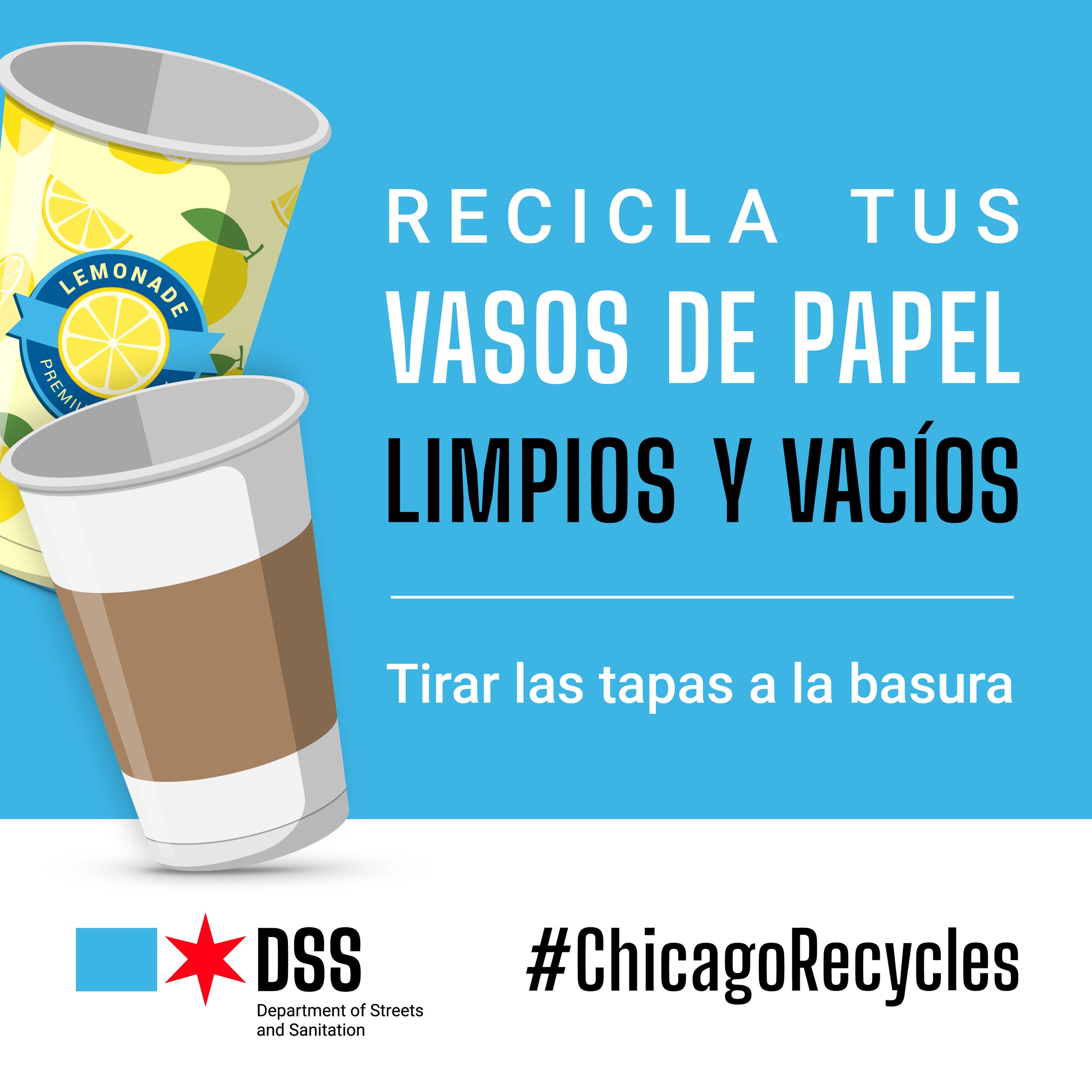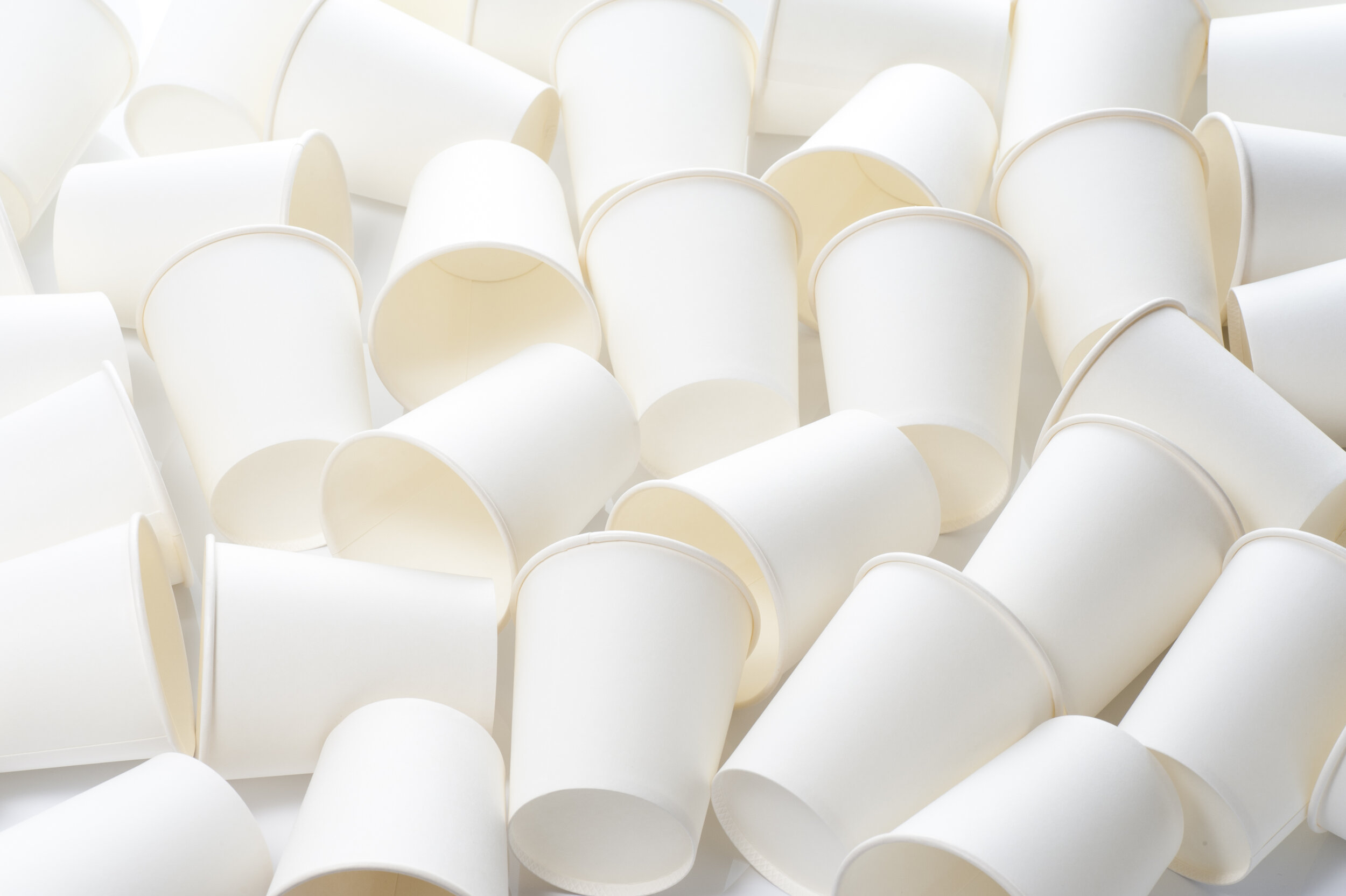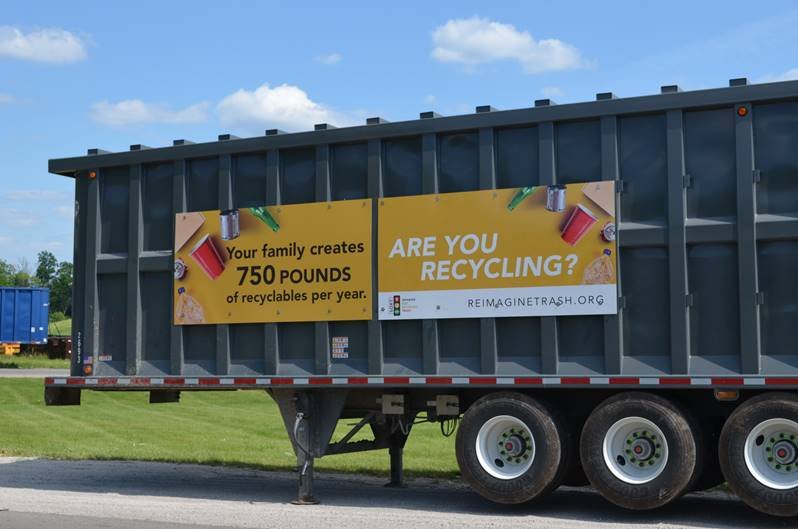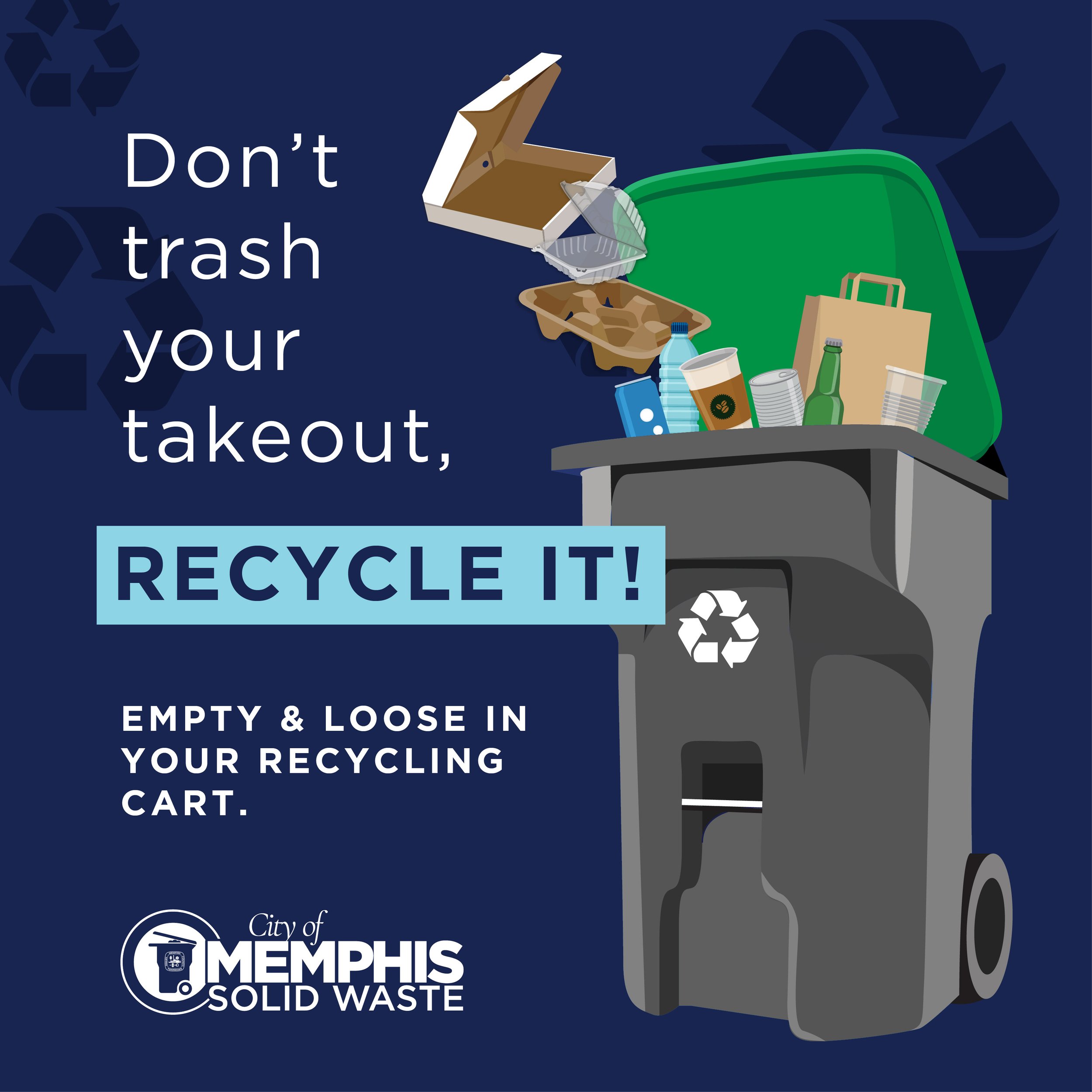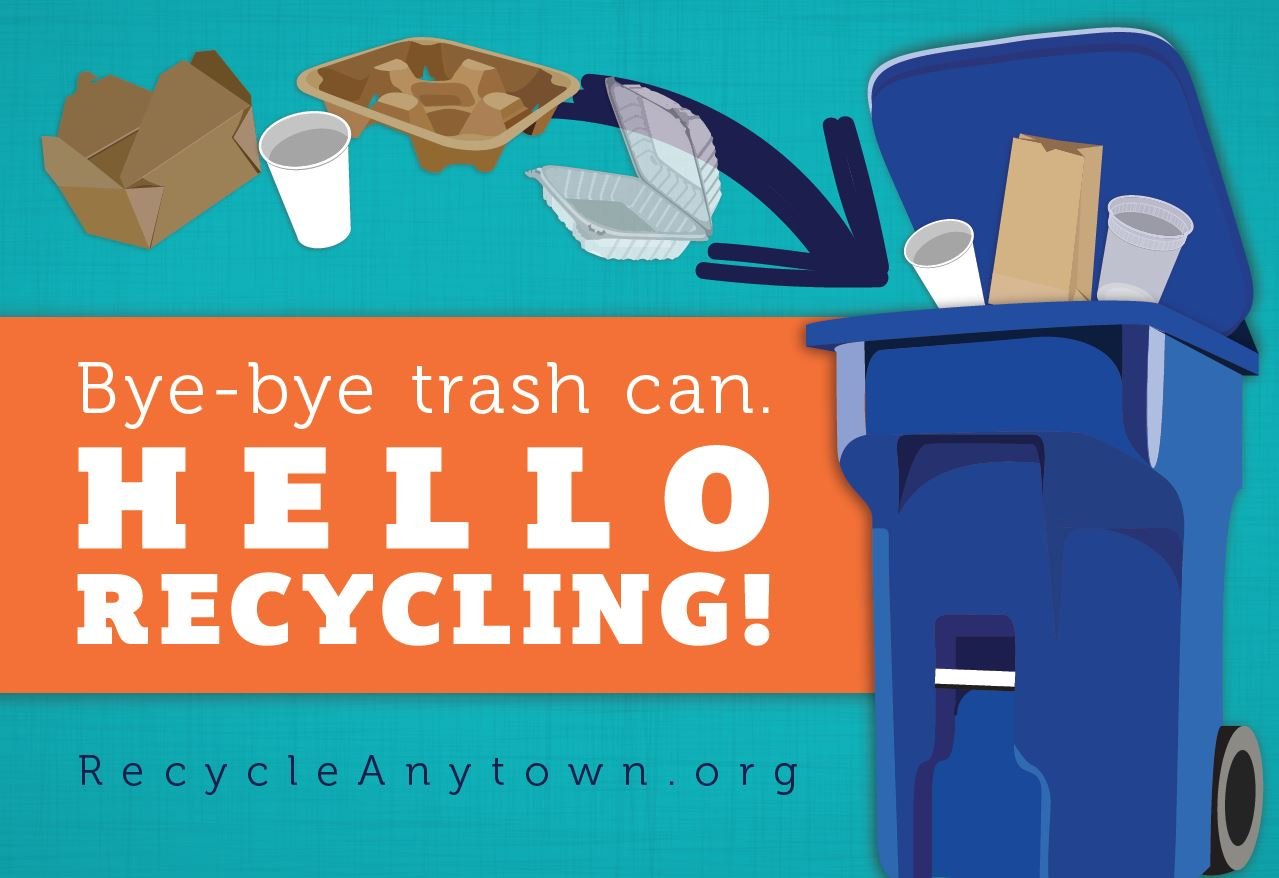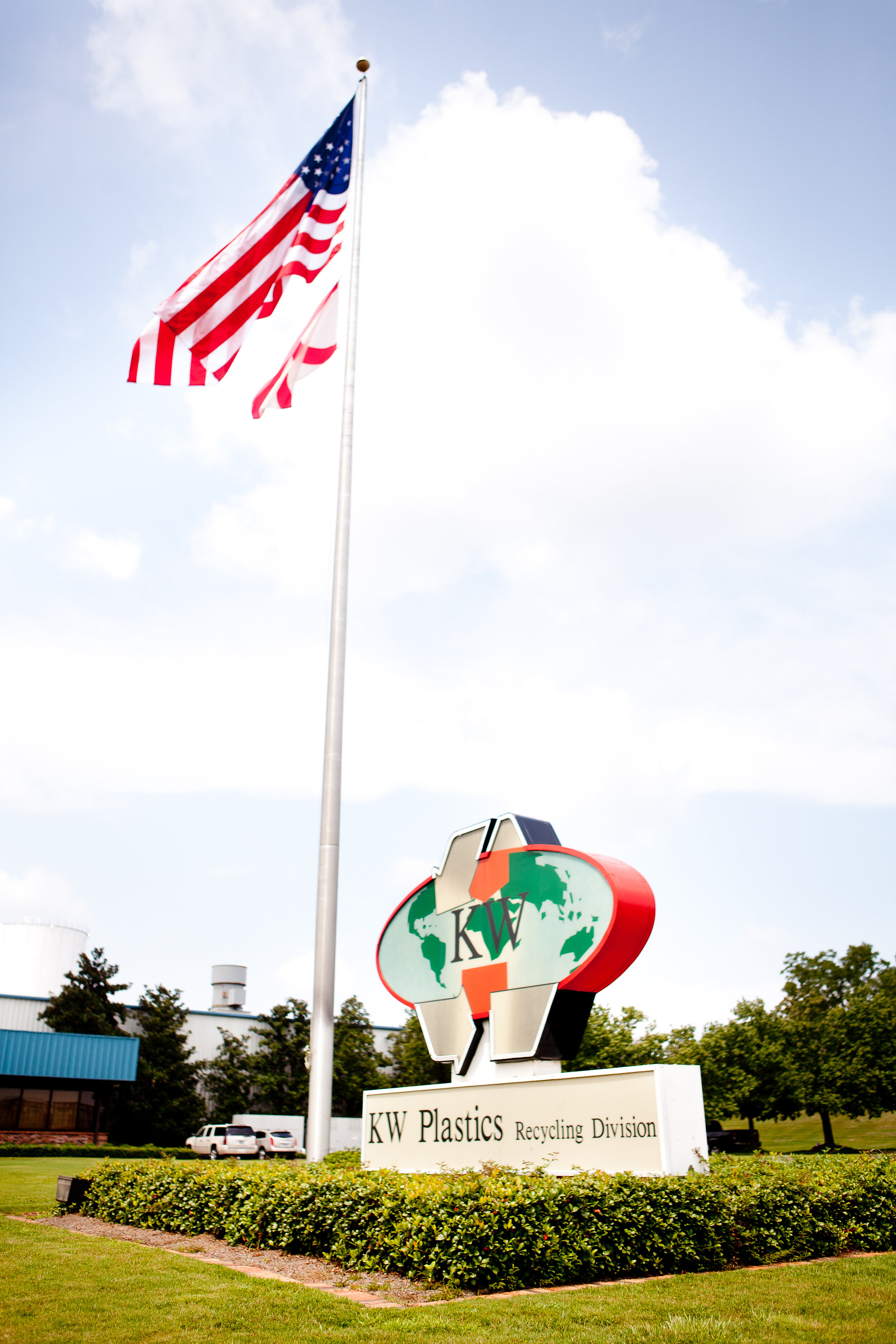Blue Mountain Plastics Recycling | Ontario, Canada
Background
Blue Mountain Plastics is a state-of-the-art plastics recycling facility buying PET plastic bales and other forms of unrefined plastic from municipal recycling programs and businesses. The plastic bales are processed and sorted into different types and colors of plastic. Pellets are produced from the food grade plastic which can then be used to produce new food containers including 100% recycled blue and green bottles.
Plastic labels and bottle caps cannot be used to make bottles and so are passed to partners like C.R. Plastics who make them into outdoor furniture, including into what is called “CAP Chairs,” which are a natural grey color, without added dyes and binders.
With little demand for the flakes of green plastic and not wanting them to end up in a landfill, Ice River Springs, Blue Mountain Plastics’ parent company, developed a green bottle made of 100% recycled plastic and launched it with a new name, “Ice River Green”.
Foodservice Packaging Materials
The #1 PET plastic bales, purchased from Ontario and the United States by Blue Mountain Plastics, contain #1 PET foodservice packaging items such as thermoformed cups and food containers. Blue Mountain Plastics has worked with the City of Toronto and other municipalities to actively promote collection of #1 PET thermoform plastic material with PET bottle material so that it all can be recycled into new products.
Challenges and Solutions
While PET foodservice packaging is the same base resin, differences in shape and formulation mean that it can pose some challenges in a PET bottle recycling plant. PET reclaimers have identified the following key issues in processing PET foodservice packaging.
Look-alike packages: Some packages look just like PET thermoforms, but are made from other resins (e.g., OPS, PVC, PLA, etc.) that are not compatible with PET in the recycling process. The concern with look-alikes applies mainly to materials sourced at recycling facilities that rely on manual sortation; optical sorting systems typically recognize PET thermoforms as PET effectively addressing this concern.
Labels / Adhesives / Inks: The labels on thermoform packages differ from those on bottles; thermoforms tend to utilize a paper label with a more aggressive adhesive. NAPCOR has worked with the Association of Plastic Recyclers (APR) to develop design guidelines and a protocol to help stakeholders determine the impact of label / adhesive / ink choices on PET thermoform recycling. Using APR conformant labels can alleviate contamination related to labels and adhesives.
Mechanical issues: Thermoforms vary in size and configuration, and as a result they differ from PET bottles in the way they make their way through sorting lines and related processes. The shape, size, and/or manufacturing conditions of certain thermoforms create mechanical challenges in MRFs and reclamation facilities. Most of these issues have been, or can be, addressed through adjustments to processing systems that allow facilities to better handle lighter and odd-sized packages.
Blue Mountain Plastics has worked through these challenges to ensure that they can capture the value in PET foodservice packaging.
Clear PET Flakes
Feedstock PET Bales
End Uses
Blue Mountain Plastics’ parent company, Ice River Springs is the end user of the recycled resin produced from the foodservice packaging PET thermoform cups and containers. The company is a “closed loop recycler”. Trucks delivering bottled water from Ice River Springs to retailers, backhaul PET bales produced by recyclers and deliver them to Blue Mountain Plastics. Loads of clean flake from Blue Mountain Plastics are hauled to Ice River’s bottling plant in Feversham, Ontario and purified into RPET pellets, for use in new bottles, and the cycle begins again.
Key Learnings and Recommendations
The Blue Mountain Plastics experience shows that PET foodservice packaging can be effectively recycled with PET bottles. More and more PET reclaimers are following suit and working through the challenges this material poses to capture its value. Recycling programs interested in recycling PET foodservice packaging with their PET bottles should talk with their PET buyer to see if the conditions are right. For more end markets accepting foodservice packaging, explore our interactive end markets map here.
Companies putting PET foodservice packaging into the market place can help ensure its recovery by designing for recyclability – using labels, adhesives and inks that are compatible with the APR protocol, and minimizing the use of silicone and other additives. Recycling facility operators can contribute to this solution by utilizing optical sorting equipment, and ensuring it is properly programmed and maintained to avoid including look-alike packages in PET bales.
- January 2016



